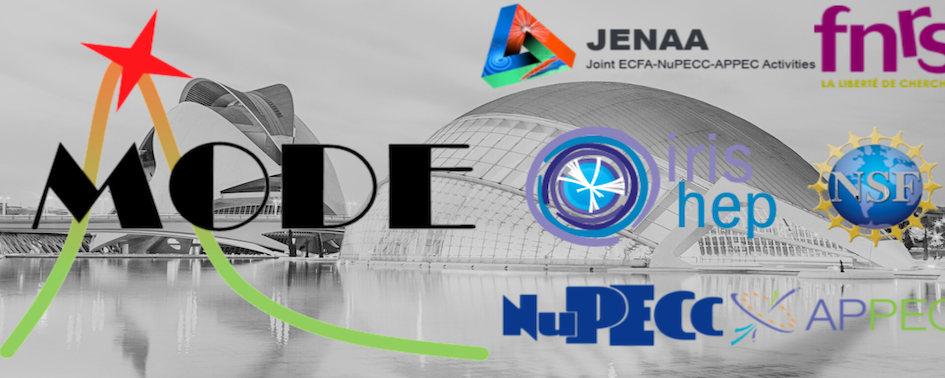Speaker
Description
In the civil engineering industry, there is an increasing demand for innovative non-destructive evaluation methods, especially for critical infrastructure such as bridges, as current techniques fall short. Muography, a non-invasive technique, constructs three-dimensional density maps by detecting the interactions of naturally occurring cosmic-ray muons within the scanned volume. Due to their high momenta, cosmic-ray muons can penetrate to depths where other techniques falter, and since the source is natural, there are no safety risks involved. However, the reliance on a natural source imposes a constraint on the muon flux, resulting in prolonged acquisition times and noisy image reconstructions. Framing the problem as an image processing task, we employ a convolutional-based supervised machine learning approach to map 2-dimensional under-sampled muography images to their high-sampled counterpart. We propose using a conditional generative adversarial network (cGAN), trained on data produced by Geant4 Monte-Carlo simulations, to learn the generalized mappings and investigate up-sampling limits. A discussion on the design and operation of the current simulations and model, as well as preliminary results, will be provided.
